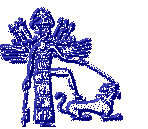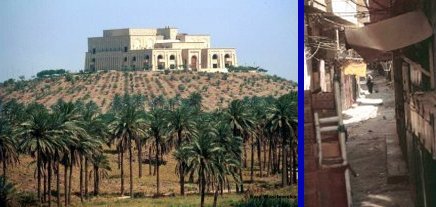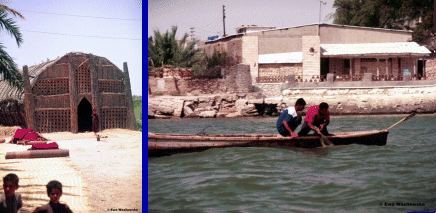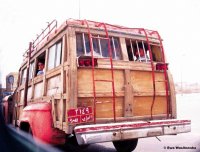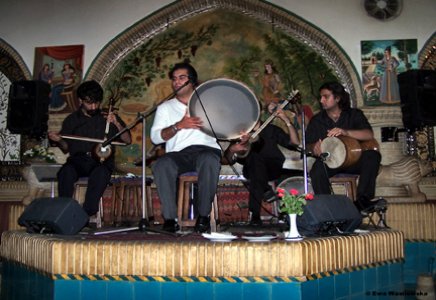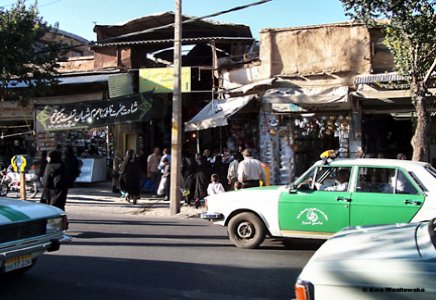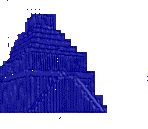
|
||||||||||
| HOME
Consulting Services International
|
While Saddam Hussein enjoyed his palaces, including the one built on the hills of ancient Babylon, many of his people lived in slums of Baghdad.
For some people living in the marshes of the South life has not changed for thousands of years: they still live in reed houses and fish is a big part of their diet.
Both
the Shia and the Sunni of Iraq and Iran visit holy places of Islam regardless
of their differences. Najaf, the holy shrine of the Fourth Caliph and the
First Imam, Ali, is a place where everyone wants to be buried. According
to the Shia beliefs, whoever is laid to rest in the ground of the Najaf
Shrine will go straight to the Paradise. In the meantime, all mosques and
shrines, which are places for praying and many other rituals, are also
used as locations for family and social gatherings. Here, women visiting
the Kadhimain Shrine in Baghdad enjoy newest gossip and many laughs at
the expense of their husbands.
In
Iran, under theocratic rule of mullahs and ayatollahs, modern music and
dancing are officially forbidden. However, most people ignore such restrictions
even in public places, like this restaurant in Tehran, where talented musicians
and singers perform popular Iranian and Western hits.
Living in Tehran or in other big cities of Iran one may wish that someone would impose an embargo on importing cars to Iran. The highest number of traffic accidents in the world is consistently recorded in Iran where passing a street in Tehran is seemingly an impossible task: cars, trucks, buses, and motorcycles never stop to give you a second to sneak in between them. Thus, you have only two choices: either you spend all your time waiting for someone to have pity for you and let you cross the street (be prepared that, by that time, your visa would expire) or close your eyes, move forward, and keep praying. |
.. | Let's
go to:
|
|||||||
